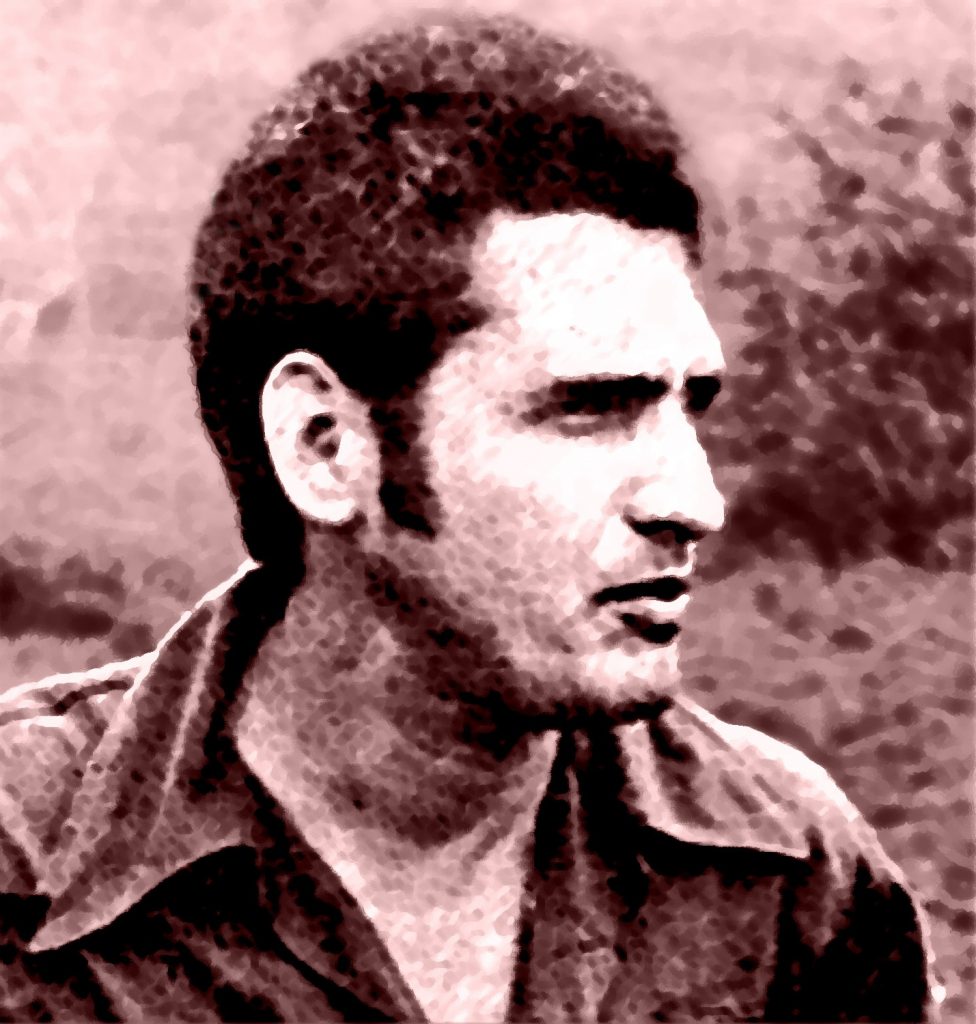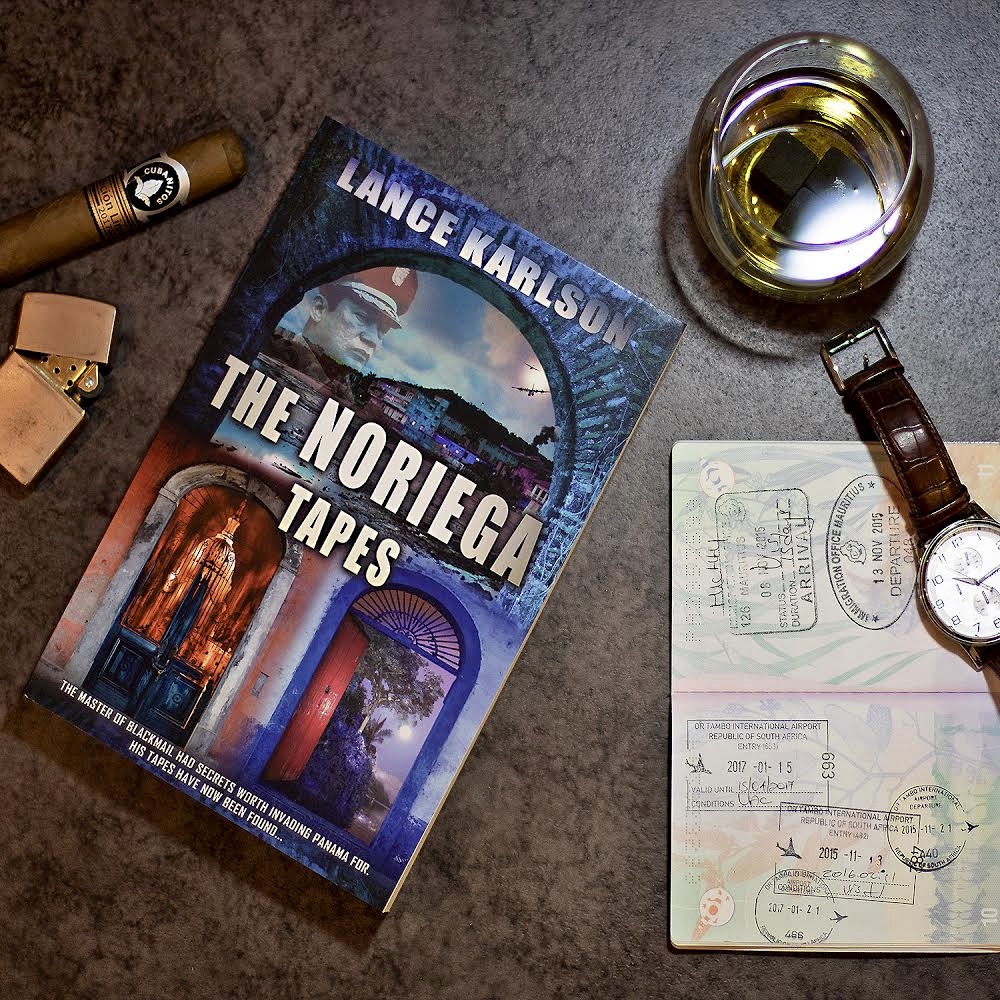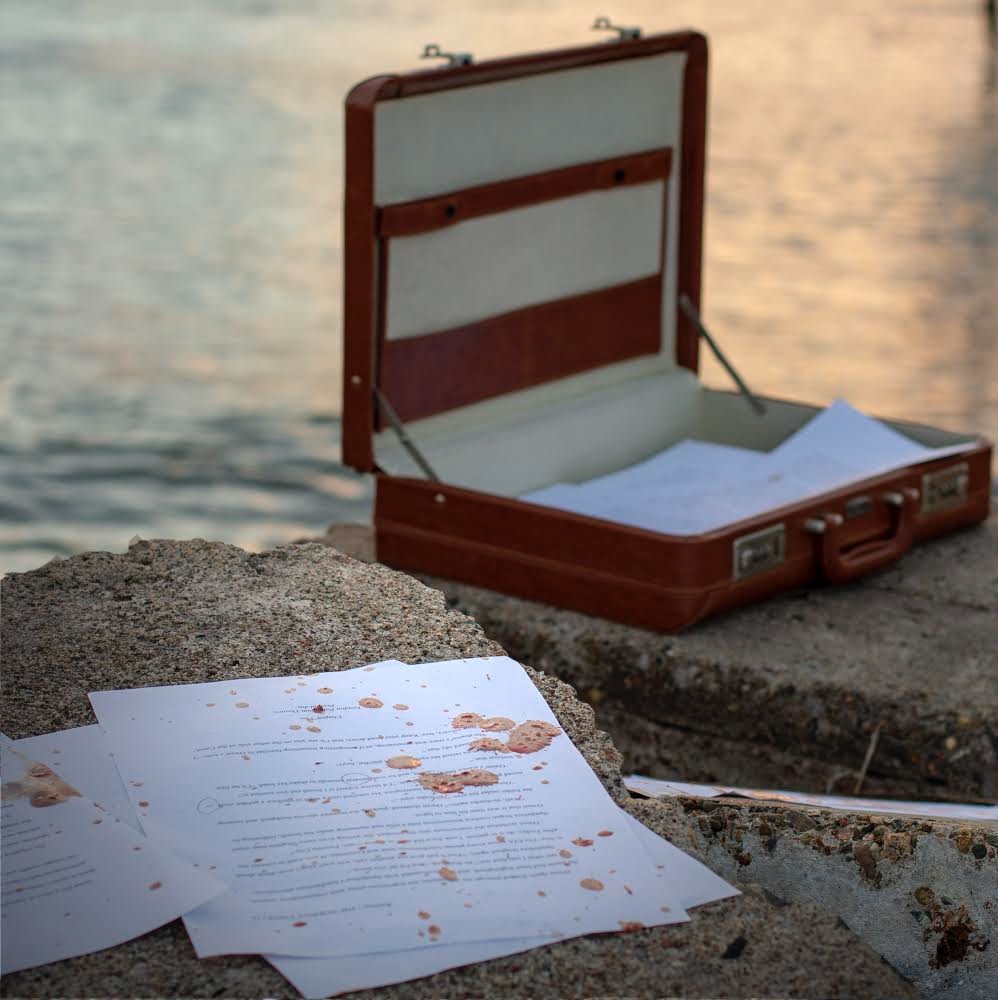
Spadafora was once a critic of Panamanian military leader Omar Torrijos, but later served as his Vice-Minister of Health. He was also a member of the Sandinista uprising and toppling of the Nicaraguan Somoza dictatorship, but later became a fighter against the Sandinistas due to their increasing communist influences. His achievements as a guerrilla fighter gained him respect by the CIA, but he was not one to be bought by American ideologies either. Despite surviving wars in West Africa, Guatemala and Nicaragua, it was his fearless pursuit of Manuel Noriega in his native Panama that ultimately led to his horrific end.
Spadafora’s Evidence of Noriega’s Corruption
In the weeks prior to his murder, Hugo Spadafora compiled evidence of Noriega’s involvement in drug trafficking. He met with DEA officials in Costa Rica as well as a journalist to provide a dossier of evidence. However, the information was apparently not worthy of following up further. Frustrated, Spadafora planned to return to Panama to broadcast his findings.
We now know that Noriega was heavily involved in drug trafficking, money laundering, racketeering, espionage, blackmail and sordid deals with American officials. Given the potential implication of American operatives in Spadafora’s dossier, many commentators have suggested that the suppression of information benefited multiple parties. The potential individuals involved in Spadafora’s subsequent murder are explored in a blend of fact and fiction in The Noriega Tapes.

Hugo Spadafora’s Murder
On September 13th 1985, Spadafora chose an unfortunate day to return to Panama. It was a Black Friday, and the events that occurred spread a chill throughout Panama and beyond.
Spadafora travelled from San Jose in Costa Rica to the Panamanian border at Paso Canoas. He had lunch at “Los Mellos” and warily crossed the border, carrying a briefcase that contained his dossier of evidence. Multiple witness accounts confirm that he boarded a bus to David, and that he was followed by a Panamanian soldier nicknamed “Bruce Lee”. At both the Jacu and La Estrella military checkpoints, Spadafora was pulled off the bus by “Bruce Lee” and physically assaulted in the presence of other soldiers.
When the bus reached La Concepcion, Spadafora was pulled off a third and final time. He managed to give the bus driver’s assistant a handful of coins to pay before raising his passport in the air.
“My name is Hugo Spadafora, and I am being detained without charge!” he shouted in Spanish to the growing crowd.
Spadafora was taken away through the crowd by soldiers and never seen again.
When his decapitated body was found beneath a bridge a day later, it bore the marks of unspeakable torture. Police recovered his teeth nearby, but his head was never found. Needless to say, neither was the briefcase.
You can find further information about Hugo Spadafora’s murder, as well as its influence on the plot for The Noriega Tapes, in the author interview.
Manuel Noriega’s Conviction
Manuel Noriega was ultimately convicted in absentia in 1993 of ordering Spadafora’s torture and murder, but the truth about his untimely end is still shrouded in mystery.
It made sense that Noriega had a lot to gain from Spadafora’s death. But so did the CIA. He was a man who couldn’t be bribed, couldn’t be silenced and wouldn’t back down. And the CIA had many secrets that they wished to keep that way.
Following his death the theories as to who was responsible descended into sleazy propaganda. From the wild claims of a German “witness” who couldn’t remember key details when interviewed, to theories that he was killed by Muammar Gaddafi for unpaid debts, confusion reigned. Those ultimately responsible – and there were likely many – escaped due scrutiny.
The Noriega Tapes begins with Spadafora’s final day, before exploring journalist Owen Ellis’s investigations into the doctor’s murder. While the story and its protagonists are fictional, the questions raised and events explored are disturbingly real.
Spadafora’s legacy as a martyr and example of political silencing lives on today; read Matt Pulver’s article on the similarities between Hugo Spadafora and the recent murder of Jamal Khashoggi here.
See the video trailer for The Noriega Tapes below:




5 Responses
I recently read “The Noriega Tapes” (a commendable Chekhovian effort to intricately weave fictional characters and circumstances, alongside cameos from actual figures such as Hugo Spadafora and Manuel Noriega, into an authentic historical narrative that reminded me at various points of Mario Vargas Llosa’s “The Feast of the Goat”).
As an aspiring Latin Americanist and diplomatic historian who is also interested in Panamanian history during the era of the Torrijos and Noriega military governments from an academic perspective (e.g., see my recently published paper, “Reaganites and Rosa-golpistas: Omar Torrijos, Panama-United States Relations, and the Rise of the Reagan Doctrine”: https://muse.jhu.edu/article/840246), I was curious if some of the other fictional characters that you devised were based on historical or current real-life analogues?
For example, was the character of Hector based wholly or partly on the actual Mossad agent Michael “Mike” Harari, who advised Omar Torrijos and later grew even closer to Noriega (see here: https://archive.ph/d4yve, and here: https://archive.ph/vQGFg)? Also, was the recently-deceased KGB officer Nikolai Leonov (who helped Torrijos counteract NSA intercepts of his communications during the Panama Canal negotiations according to Graham Greene’s “Getting to Know the General” [https://bit.ly/3yKzGlA] and later Leonov himself [https://bit.ly/3PC6000], as additionally corroborated by declassified documents from the National Security Archive at George Washington University [https://nsarchive2.gwu.edu/NSAEBB/NSAEBB441/], events you seemingly alluded to at one point in the book) an inspiration for any characters or events in the story?
I know that you mentioned in the Acknowledgments section of your book that the character of Owen Ellis was based on the late Gary Webb of “Dark Alliance” notoriety (and he also reminded me of other intrepid journalists covering overlapping subject matter such as the late Robert Parry, who reported many Iran-Contra stories for AP, Newsweek, PBS Frontline, and eventually his own outlet Consortium News).
UPDATE: I mistakenly provided the wrong link to Nikolai Leonov’s admissions regarding assisting Torrijos with counteracting SIGINT intercepts by the US National Security Agency (NSA).
The correct link is posted here:
https://www.cepchile.cl/cep/site/artic/20160303/asocfile/20160303183724/rev73.leonov-lect_ing.pdf#page=7
Hi Casey, thank you for the review and in-depth analysis! Yes, most characters are based on people from history. You picked it well with Michael Harari and the character of Hector, who was an ex-Mossad agent and heavily involved in Noriega’s business dealings. Leonov was also an inspiration but not specifically referenced. Indeed, the “singing seargents” affair was an important source and inspiration that helped add twists to the relationship between Hector and Conrad. Finally on Owen – he is based on Gary Webb but the Canadian background and his bold exploration of the jungles of Nicaragua was something I gained from Hugh Graham (“Ploughing the Seas”). I have been in touch with Hugh Graham who kindly provided further details on unpublished info. It’s always great to get this sort of feedback and appreciation for some of the hidden aspects of the novel. Thanks again, and glad you enjoyed The Noriega Tapes!
I was in Panama on Septer 15, 1985 and was working as a stringer for CBS News. I had contacted Hugo about his upcoming trip to Panama and he agreed to meet for an on camera interview. He told me he was bringing proof of Noriegas drug business. I was in the Sosascope office when I got the news. Later while on a trip to Miami Noriegas men told my guy in Panama I would be arrested. I believed them and did not return as he owned the police the drugs and the prisons. Dr. Spadafora was warned Noriega wanted his head.
Hi Edith, thank you for sharing, it is always fascinating to learn from those who were there in the 1980s experiencing these events!